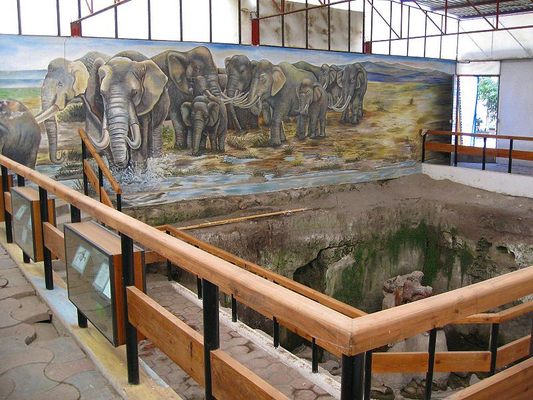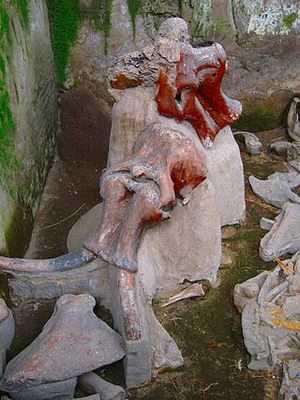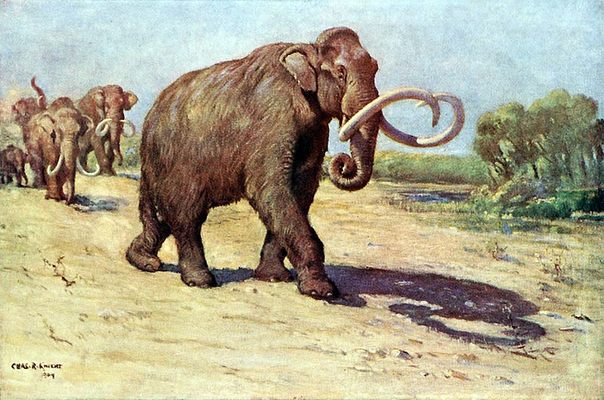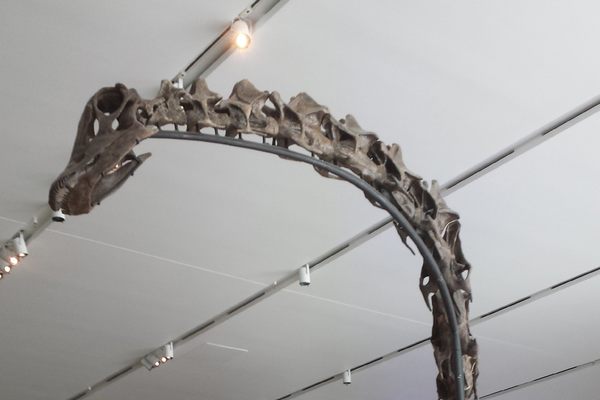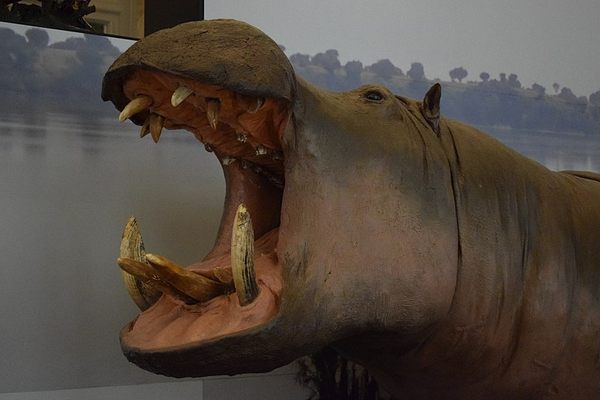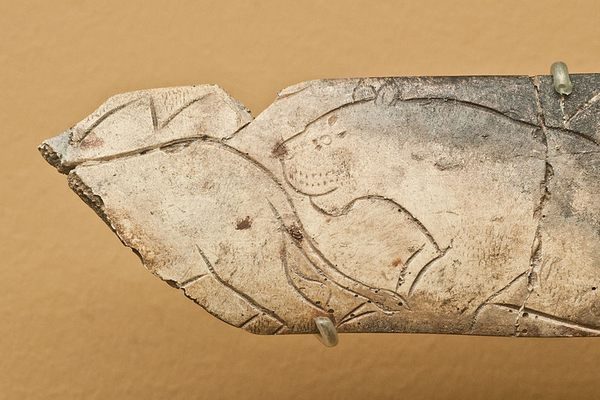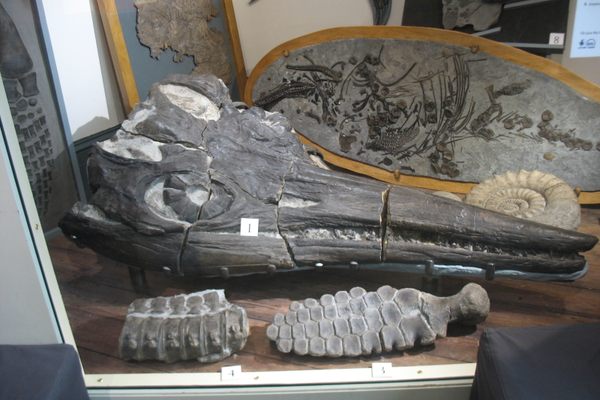About
In 1996 in Tocuila, a small town just outside Mexico City, called Tocuila, a team of workmen building a cistern system made a mammoth discovery. They had dug just shy of 10 feet into the ground when gargantuan bones began to protrude from the dirt.
Shocked by this unexpected find, the workers contacted local authorities, who in turn got in touch with archeologists and paleontologists from Mexico's National Institute of Anthropology and History. The scientists excavated the site and determined the bones belonged to seven Columbian mammoths that had lived approximately 10,000 to 12,000 years ago.
The site was one of the Americas’ richest deposits of late Pleistocene fauna ever found. After the excavations finished, the INAH bought the land and converted it into a modest museum where the general public could come admire the remains of these long-extinct creatures.
This Columbian mammoth was one of the largest species of the elephant family to have ever existed. The animals could be two or three times larger than modern African elephants, weighed up to 11 tons, and typically had tusks that could reach lengths of 16 feet.
The mammals roamed much of North America, grazing in its open plains and steppes. Like modern elephants, paleontologists believe the creatures were highly social animals that lived in herds led by a matriarch. Like today’s elephants, mammoths, too, were also threatened by humans.
The mammoths found in Tocuila were killed by natural causes, rather than a human hand. The hypothesis that currently has the most supporting fossil evidence is that the animals were killed when a gigantic lahar, or mudflow, was triggered by a volcanic eruption.
Related Tags
Know Before You Go
The museum is open from Tuesday to Saturday from 10 a.m. to 7 p.m. Entrance is free.
NEW - Yucatan: Astronomy, Pyramids & Mayan Legends
Mayan legends, ancient craters, lost cities, and stunning constellations.
Book NowCommunity Contributors
Added By
Published
April 29, 2019
